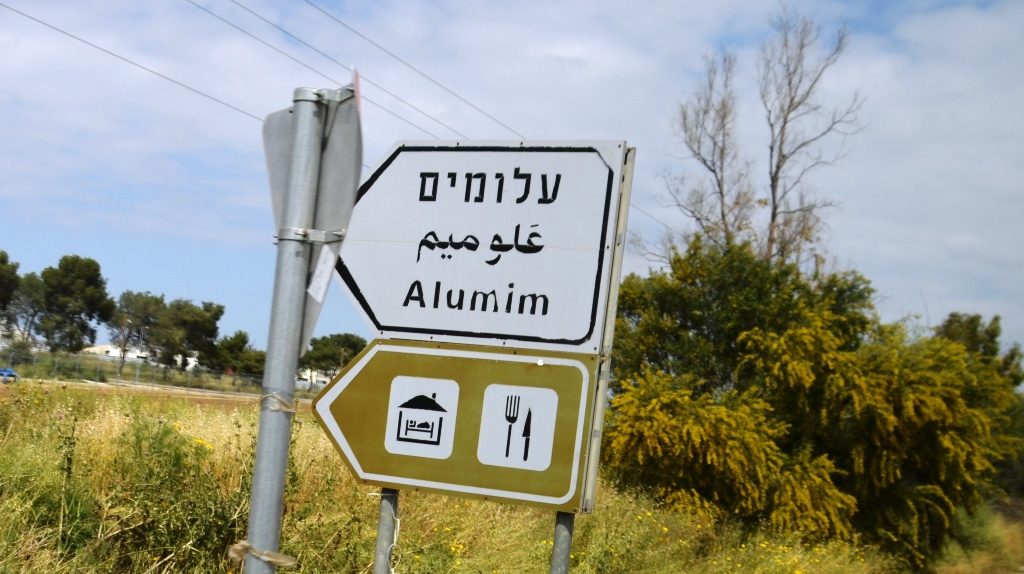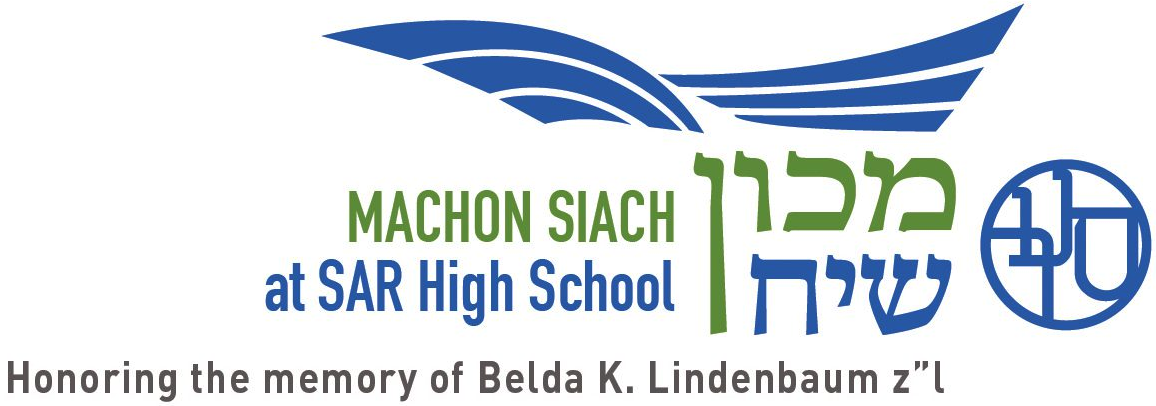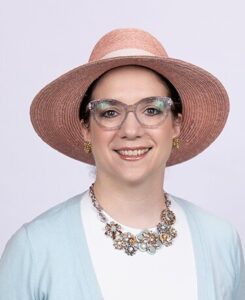
Meeting G-d in the Milking Barn
Like so many American Jews in the 15 months since October 7th, I have made the pilgrimage to Otef Aza, the Gaza Envelope, to see the sites of October 7th and hear the stories. In my case, it was as part of the International Halacha Scholars Program of Midreshet Lindenbaum during our summer seminar, which brought together the participants from the U.S., Canada, the UK, Germany, Austria, Australia, and Israel. We took a day off from learning to visit the site of the Nova festival massacre in Re’im as well as Kibbutz Alumim, a religious kibbutz in the Otef that was attacked on October 7th.
Alumim is a strikingly beautiful place, and it was difficult to reconcile the beauty before us with the stories we heard about that black day. Terrorists entered the kibbutz, massacring more than 20 of the Thai and Nepali guest workers and taking others of them hostage. After hearing about the events of the day, and walking through the kibbutz to see where they took place, we met the rav of the kibbutz, Rav Amit Kula.
Rav Amit Kula is one of those people that the State of Israel is probably full of: inspiring Jewish leaders who are not widely known in the American Jewish community because they don’t speak English. Rav Kula shared his experience of October 7th. He spoke of the day itself, as, isolated in a safe room and with minimal information about what was going on, it gradually dawned on him that there would be no tefillot and no hakafot. He explained how he tried to hold together and lead his community in the days and weeks after. He shared letters he wrote to his community as it was relocated to a hotel in Netanya, and in the months that followed, as it slowly started to return to the kibbutz. And he told us about the milking barn.
Alumim has a large dairy operation, and just a few years ago, it built a state-of-the-art milking barn, equipped with the latest automated milking technology. The barn was built with the assumption that there would be non-Jewish guest workers at Alumim who could operate the milking machinery on Shabbat. But after October 7th and the massacre of more than 20 Nepali and Thai guest workers, the survivors returned to their countries of origin. All of the milking would have to be done by Jews on Shabbat, which would violate a Torah prohibition.
All halakhic authorities agree that cows must be milked on Shabbat–it is painful for the cows not to be milked. But the halakha demands that milking done on Shabbat by a Jew be done l’ibud–that the milk obtained in violation of the laws of Shabbat be destroyed and not used.
The first Shabbat, said Rabbi Kula, posed no problem. The cows were so traumatized by the events of October 7th, and then having been abandoned for three days after when the kibbutz was completely evacuated, that the milk was bad and could not be used. But by the second week, many questions had to be answered.
First, the kibbutz’s agricultural operations had ceased entirely, and it needed whatever sources of income it could get. If the Shabbat milk were destroyed, the kibbutz would not benefit from it. Beyond that, Rav Kula raised another concern. In the absence of guest workers, and with universities shut down all over the country, young Jews across Israel volunteered to support the agricultural operations of kibbutzim in Otef Azah. These volunteers were now managing the milking in Kibbutz Alumim. If these volunteers were to see that they were milking l’ibud–that their work was being poured out–they might be disheartened or think their work wasn’t purposeful, and leave. The kibbutz would be left without their volunteer labor, which it desperately needed.
And yet, for all of that, said Rav Kula, he could not see his way to permitting a Jew to violate a Torah prohibition on Shabbat. He studied, considered, thought, and came up with what he called a heter dachuk–a remote, a far-fetched heter–to allow them to retain and use some, but not all, of the Shabbat milk.
Some might have found this entire deliberation legalistic, even cold. Surely, some might have argued (understandably even if not halakhically justifiably) in one of the bleakest moments for the Jewish people in generations, we can set aside the law and do whatever needs to be done. As a serious student of halakha, hearing Rav Kula share his halakhic deliberations that held onto both the gravity of the moment and the gravity of the prohibition at stake, I was deeply moved.
During our week in Israel, Midreshet Lindenbaum held a ceremony for the participants in the International Halacha Scholars Program, awarding us certificates for the completion of the limmud of Shabbat and aveilut in the first two years of the program. In his address at the ceremony, one of our teachers, R’ David Brofsky, described halakha as “the meeting place between Torah and the Jewish people.” It is where the abstracted truths of the Torah meet the complicated realities of life in our world, where the transcendental Divine encounters the embodied and the pragmatic–and the cows.
There are many places in Otef Azah that seem destined to become pilgrimage sites for the commemoration of Jewish death, another stop along the trail that runs from Babi Yar to Berlin, and now to Be’eri. At the milking barn in Kibbutz Alumim, I met a confirmation of Jewish life–indeed, Jewish eternity. As long as we continue to study and consider and practice halakha, as long as Jewish leaders like Rav Kula are thinking both about the circumstances of their communities in their current moment and the eternal demands of Divine law, the Jewish people continue, in conversation with our G-d.
“I passed over you,” says the navi Yechezkel, in a verse that we recite at a newborn boy’s brit and at the Pesach seder, “and I saw you wallowing in your blood. And I said to you, in your blood you shall live, and I said to you, in your blood you shall live.” In the practical, lived realities of constructing and reconstructing a Jewish life, encountering the Divine and the eternal and finding a path through, even if it is one that, in this moment, in so many ways, is dachuk–in that blood, we will live.



